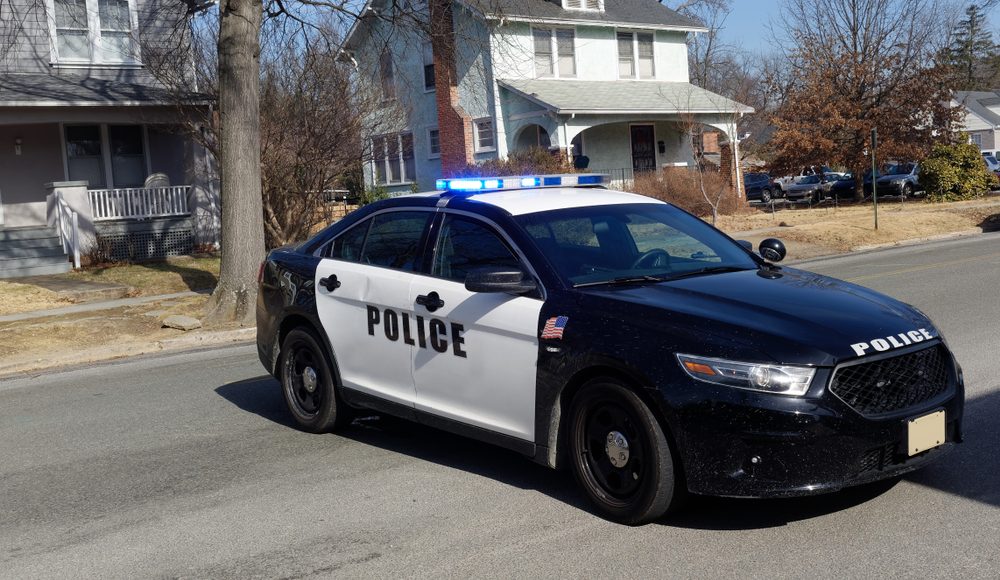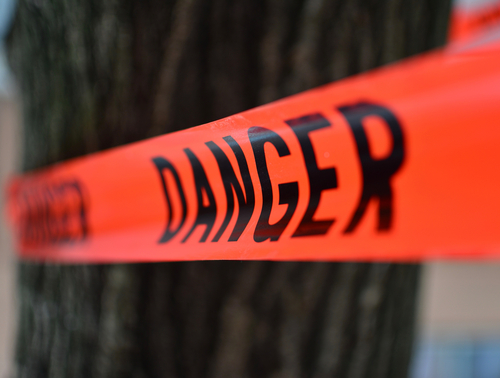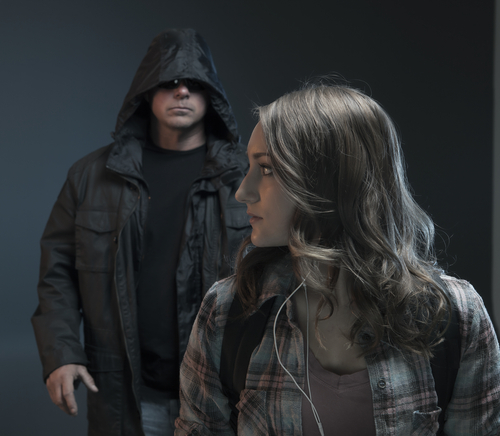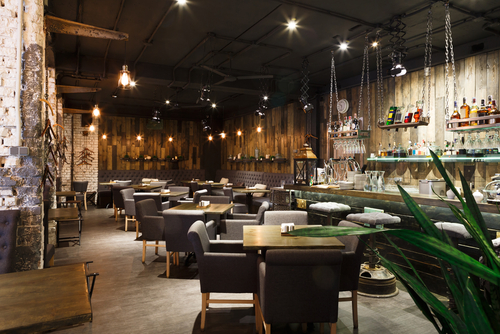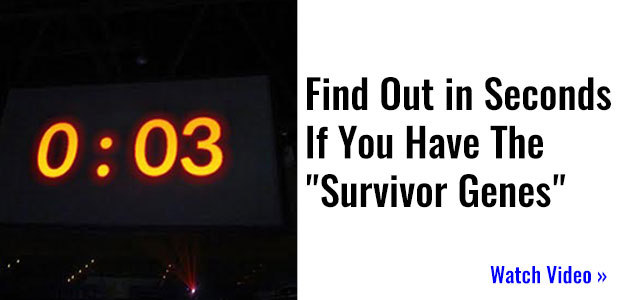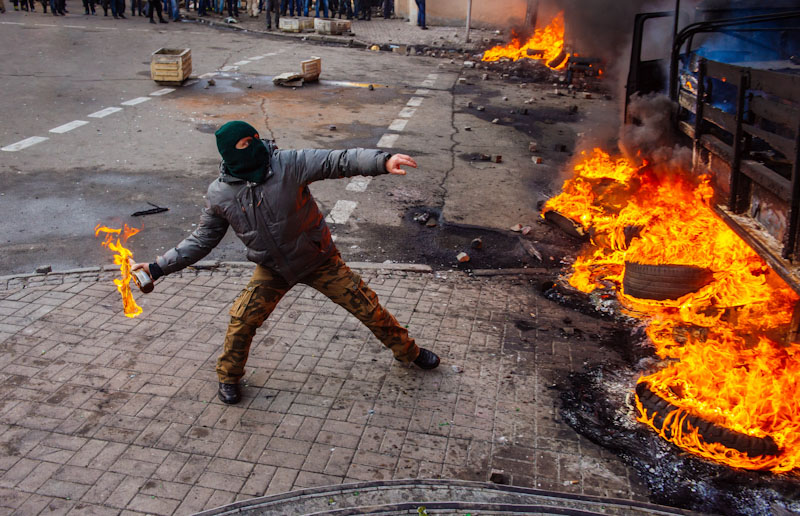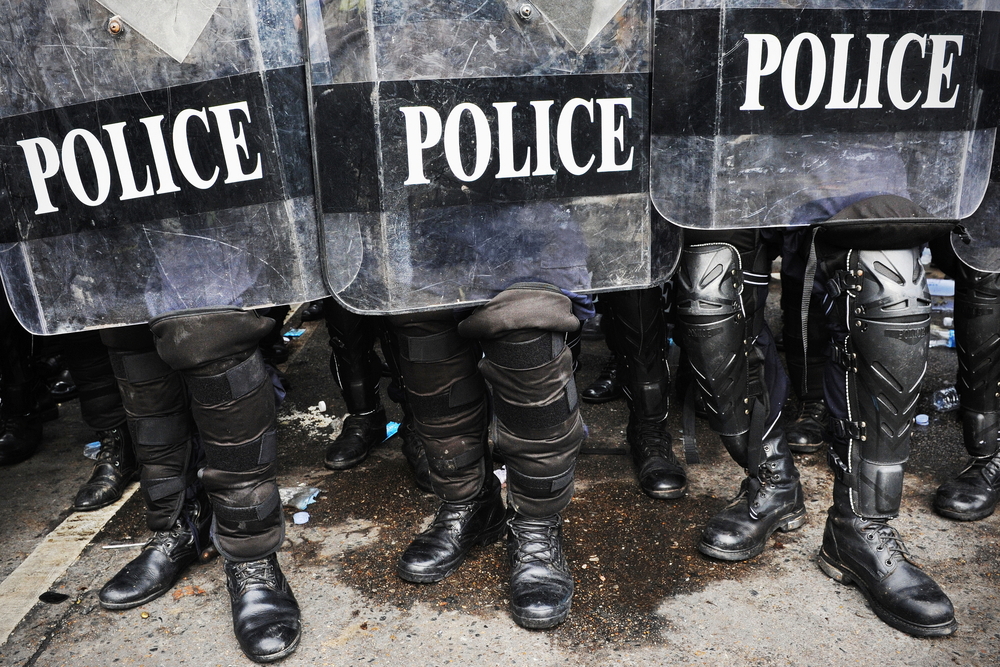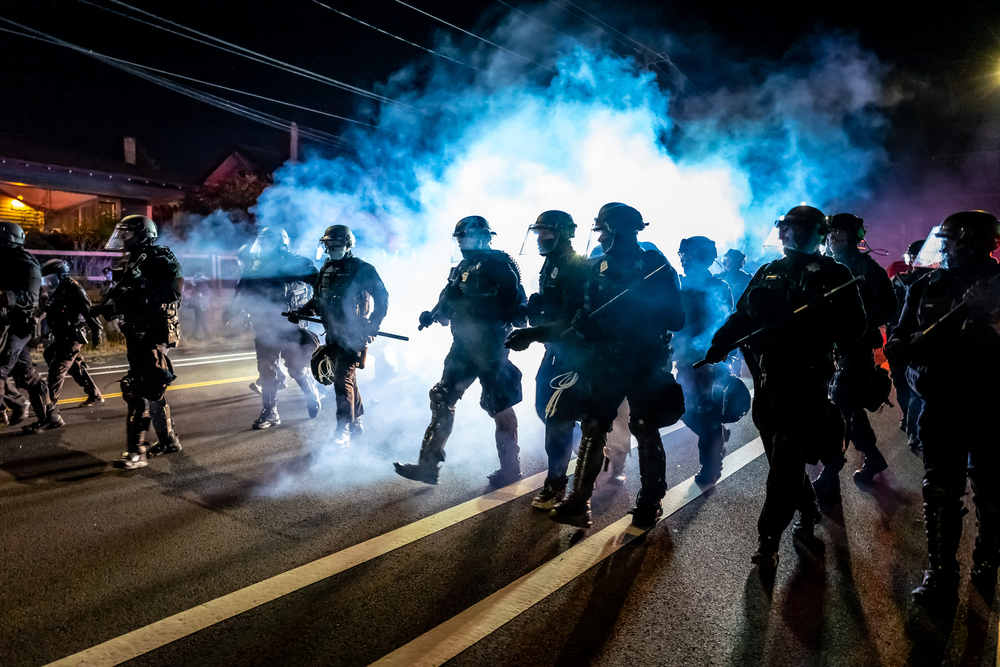A lot of people have been talking about the potential of a second civil war lately, with both sides of the political aisle saying that the other side will be the ones to start it.
Actually, it will be started by extremists, regardless of which side they’re on. Quite possibly, it will be extremists on both sides, dragging the rest of us into a conflict that nobody will win.
Should such a thing happen, the danger factor in all our lives will go up by at least a few notches. Just taking the dog for a walk could become dangerous, as it is in any war-torn nation. That danger will obviously be the highest in the areas where the fighting is fiercest; but due to the nature of war, and especially of this potential war, violence could break out anywhere, anytime.
We will all need to be on our guard, constantly, as none of us will know when a dangerous situation might foment around us. In order to avoid that danger, we’re going to have to be looking ahead, seeing what may be coming. For that to happen, we’re going to have to have a very good idea of what’s going on around us. In other words, we’re going to need to have excellent situational awareness.
A simple definition of situational awareness is “knowing what is going on around us.” But that definition ignores the projection of those things into the future and trying to figure out where they will be and what they will be doing a few minutes into the future.
Granted, there’s a lot of guesswork involved in trying to peer into the future, even just a few minutes. Anyone looking for threats is going to find a lot of them, the vast majority of which will never materialize. But that doesn’t mean that we shouldn’t look for them anyway. Being ready for that one threat which actually materializes, is going to make up for the time and energy wasted on the thousands which doesn’t. The ability to act quickly in such a situation could save your life.
The Five Levels of Awareness
People can have different levels of awareness of what is going on around them, ranging from totally oblivious to fully engaged. It’s pretty much impossible to stay fully engaged all the time, as our attention will usually lag; so it’s necessary to know when to be fully engaged and how to relax in such a way as to not endanger ourselves.
There are five different levels or states of awareness that we can be in at any moment in time. learning these and learning how to move from one to another, is an essential part of having good situational awareness.
Condition White
This is where most people live, ignoring what’s going on around them and unaware of any threats. It’s probably best typified by the person who’s walking around with their head in the phone, not seeing anything else. But you don’t have to have your head in your phone to be in condition white; all it takes is not paying attention to the world around you.
Condition Yellow
This is where all of us should live; aware of what’s going on around us and keeping our head on a swivel so that we see everything that’s going on around us. We’re relaxed, so we’re not necessarily ready for action, but alert and can become ready quickly. We’ve also taken the action necessary so that we are prepared to take action (such as carrying concealed), should that be necessary.
Condition Orange
Something has alerted us to potential danger, so we stepped up our awareness from condition yellow. We’re watching that potential threat, to see if it materializes. At the same time, we’re looking at the potential ways things could go wrong and preparing ourselves for action. No physical action has been taken yet unless it is to move nearer to an exit or something that could be used as cover.
Condition Red
By this point, we’re pretty sure that the potential threat is about to turn real, but there’s no way we’re going to get caught by surprise. Our hand is poised and ready to draw our pistol, as soon as the threat manifests itself. At the same time, we’re looking around for other potential threats, just I case the one we’ve spotted isn’t working alone. We’ve also eliminated other distractions from our minds, with our entire focus on the danger. As soon as something happens, we take action.
Condition Black
This is a condition we never want to reach; pure panic. The mind shuts down because we don’t know what to do. If we’ve used to living in condition white, this is likely to happen; but if we live in condition yellow and have some training of what to do, we should be able to avoid it.
Learn to See what You’re Seeing
A large part of the problem is that most of us look around without really seeing what we’re looking at. Oh, our eyes see it; but our brain doesn’t. It’s as if we’ve preprogrammed our minds to ignore everything that isn’t on a list of pre-determined things, which we’ve decided are important for us to see.
That’s dangerous, as the things we need to be aware of probably aren’t on that list. We end up overlooking potential risks because they aren’t the things we want to make sure we see.
But that’s not all of it. We need to regularly see the details too. We need to be able to look at a car and recognize whether it belongs to a co-worker, or is just the same make, model, and color. For that matter, with how similar many cars look today, we might even think it’s that co-worker’s car, even though it’s a different make and model, just because we don’t know the distinguishing details of that design.
Cowboys in the Old West used to be able to identify a horse they’d seen once, knowing whose horse it was. They would also know every cow and steer in a herd, being able to tell you each one’s quirks and characteristics. How do you do that with a herd of 1,000 animals? You pay attention to details.
There was a great line from Robert Downey Jr’s second Sherlock Holmes movie, where Sim (the gypsy girl) asked what he saw. His response was, “Everything. That’s my curse.” Yet throughout the Sherlock Holmes stories, it is this ability to see everything, down to the smallest detail, which helped Holmes solve many of his cases.
We too need that ability. We need to see what others don’t if we’re going to have situational awareness. How can we spot dangers, if we’re not seeing the details?
Do you look to see who might be armed, when you’re in a store? Do you even know what to look for?
- A bulge at the waist, usually on the right side
- Other unnatural bulges in the clothing
- Wearing a seasonally inappropriate jacket
- Walking with a stiff leg (could have a shotgun stuck down their pants
- Sag in one side of their jacket (from the weight of a pistol in the pocket)
- Looking hunchbacked (from a gun stock sticking out behind their armpit)
- Walking with a handheld beside the leg and not swinging (to conceal a weapon in the hand)
- The belt sitting crooked, as if there was weight pulling down one side
- They make security checks, to see if their gun is still in the holster
- Resting their hand on the holstered gun (not even women have hips that allow them to rest their hand in the same way as resting on a gun)
Of course, there are many people who legally carry concealed, so just because someone is armed, doesn’t make them a threat. But it does mean that you should keep an eye on them. Until you know that they’re not a threat, treat them as a potential one. If they’re carrying legally, they’ll understand.
Keep Good Lines of Sight
You’re not going to notice things if you can’t see them. That may sound simplistic, but it’s important still. A very important part of situational awareness is nothing more than being able to see. That means positioning yourself in a place where you can see.
When you walk into a restaurant, where do you sit? Do you sit just anywhere, or do you try to sit where you can watch the door? Do you look for a table where you can have your back to a wall? Do you make sure you can see the kitchen entrance, as well as the front door? Just how much can you see?
Taking the extra moment to ensure that you have a good vantage point is important and can save your life. But it doesn’t do any good if you don’t take the time to look around. While it’s polite to look your dinner partner in the eye while you’re speaking, it’s a whole lot safer to look around the dining room every couple of minutes, as well as eyeballing anyone new who’s joining you.
Things to be on the Lookout For
Of course, guns and other weapons aren’t the only things you should be looking for. There are many other things that can give someone away as a potential threat. For the best situational awareness, it helps to use as many of these as possible.
Unusual Actions
People who are going to do something illegal will give themselves away by some unusual action. After all, criminal activity, by its very nature, is unusual. So when you see someone doing something that doesn’t fit in with the place and time, you can use it as an indicator that the individual is about to do something different, if not illegal.
Uncomfortable Behavior
This is the big one that police look for; people who are acting strangely. That usually means acting nervous or uncomfortable. When people are like that, there’s a reason for it. That reason might be nothing more than indigestion, but until they check it out, they have no way of knowing.
I used to go back and forth between Mexico and the United States a lot. As a matter of course, there were always a couple of boxes of books in my trunk. Normally they weren’t a problem and even if the Mexican customs agents saw them, they’d wave me through. So as an experiment, I tried being nervous a couple of times while crossing. Every time I did, they turned me away, because of those boxes of books. They probably weren’t sure I was doing something wrong but were sure that I was.
Hand Movement
Any criminal activity will start with someone putting their hands on their weapon, assuming they have one. If they’re carrying that weapon concealed, that means sticking their hand inside their clothing to grasp the weapon. So if you see anyone reaching inside their clothing, pay attention! Make sure you see what comes out in that hand.
If the place is so crowded that you can’t see their hands, look at the shoulder. Before taking any violent action, a person will invariably drawback their shoulders. So if you see someone do that, look for violent action to follow.
Aggressive Behavior
Many criminals need to psyche themselves up, before taking violent action, just like a couple of guys shouting at each other in the bar, before they start swinging. So if someone starts acting aggressively, trying to dominate others with their loud voice or pushy personality, expect things to accelerate quickly.
Developing a Baseline
A lot of this is looking for things that are different. But in order to recognize things that are out of place, we have to first have a good idea of what’s normal. That’s not the same, everywhere you go. People can act distinctly different in different environments and cultures. Learning what is normal in any one place is an important part of seeing something that’s not normal.
You probably already have a pretty good feel for the sights, sounds, and smells of your workplace, your home, and other places you frequent. You’ve been around the people, so you recognize how they dress, even down to the one lady who always overdoes it, trying to look like a peacock in the barnyard and the one guy who always looks like he just came off a bender. But what about other places.
Any time you go someplace new, you need to establish a baseline for that place. What are people doing? How are they moving to? What are the sights, sounds, and smells associated with that place? How do people move around? How are they dressed? All these things, and more, will help you understand what that place is like and create your own baseline for it. Then, when something doesn’t fit into that baseline, you have an obvious red flag to let you know that you need to pay attention, as things are about to get interesting.
As time goes on, you can build a library of these baselines in your memory, allowing you to go into places, without having to take the time to develop a new baseline. All you’ll have to do is open up the old one and brush it off, checking to see that it still works.


